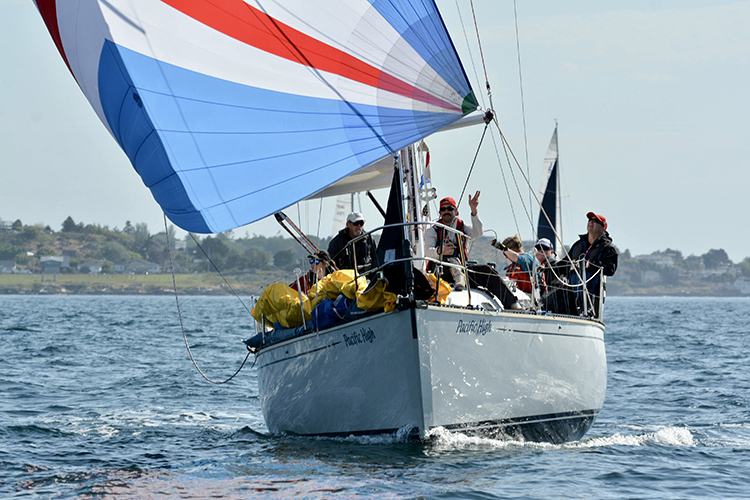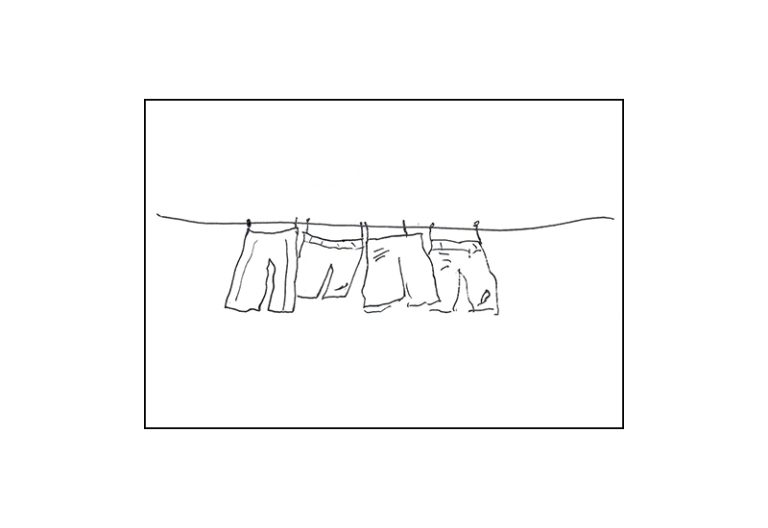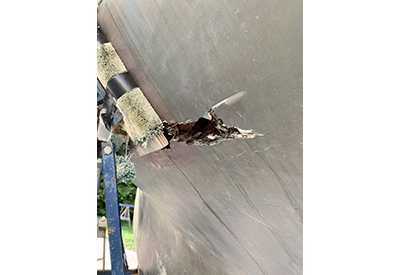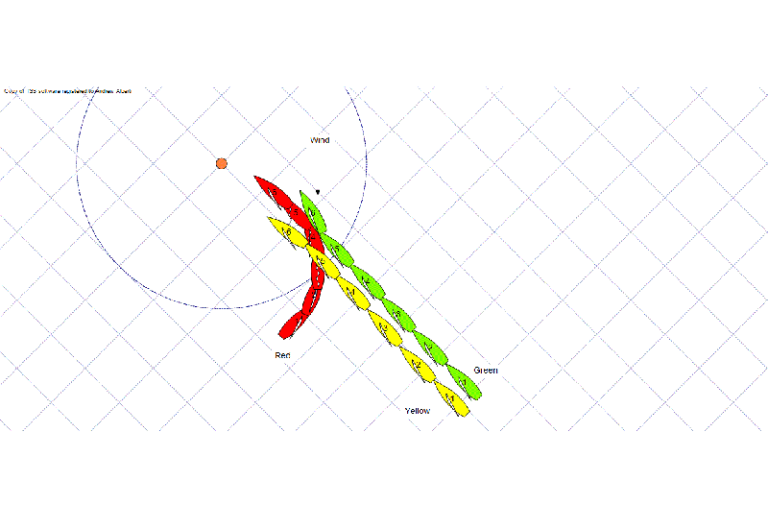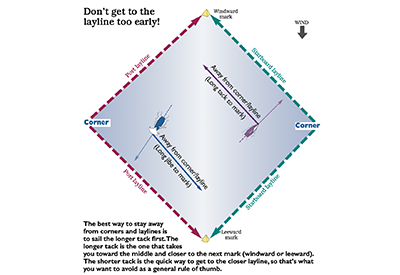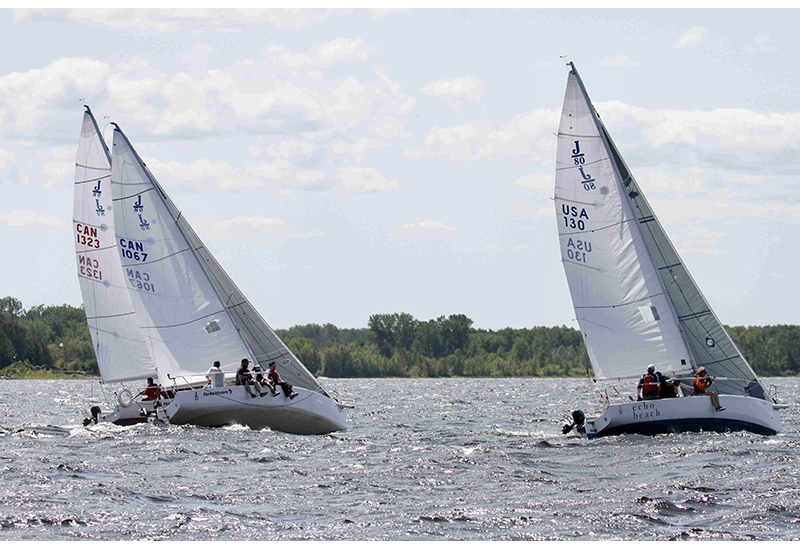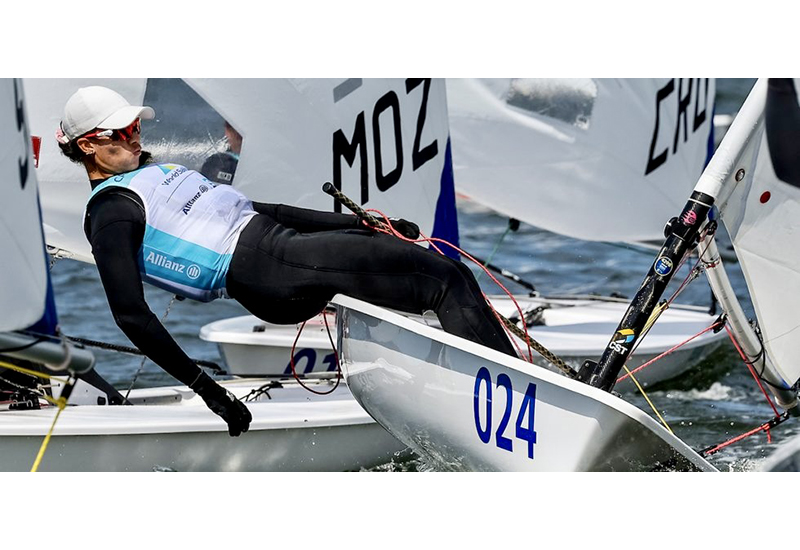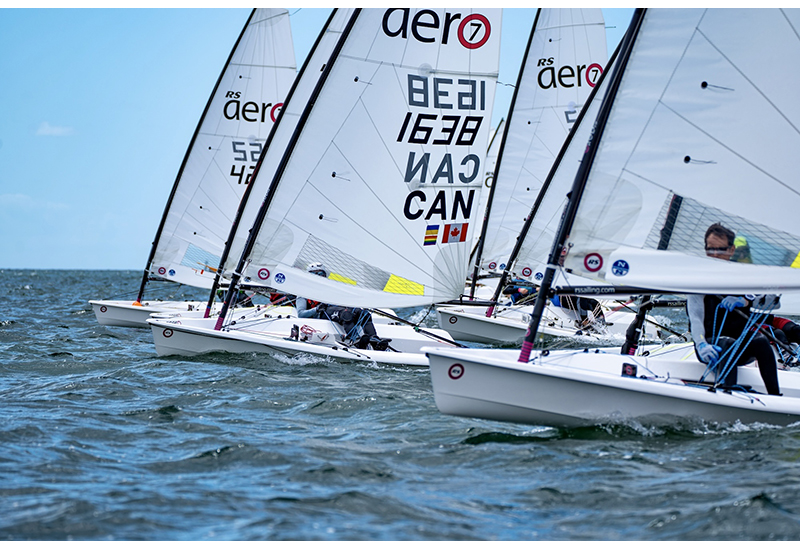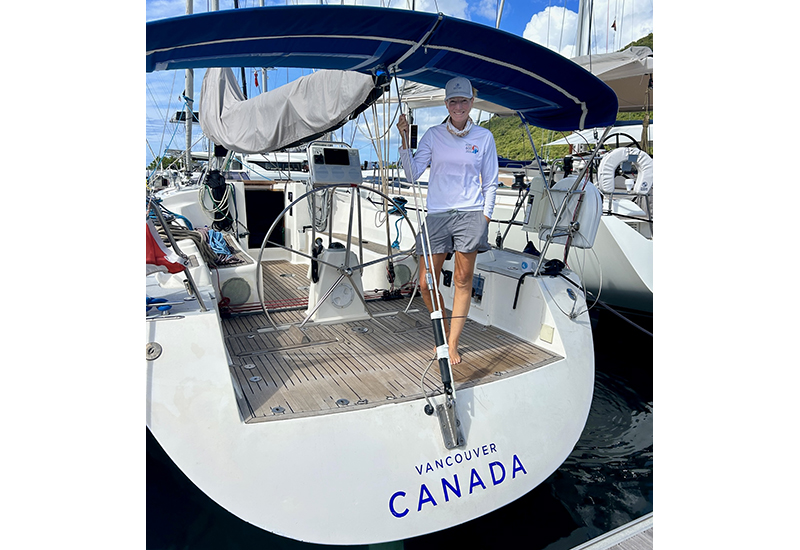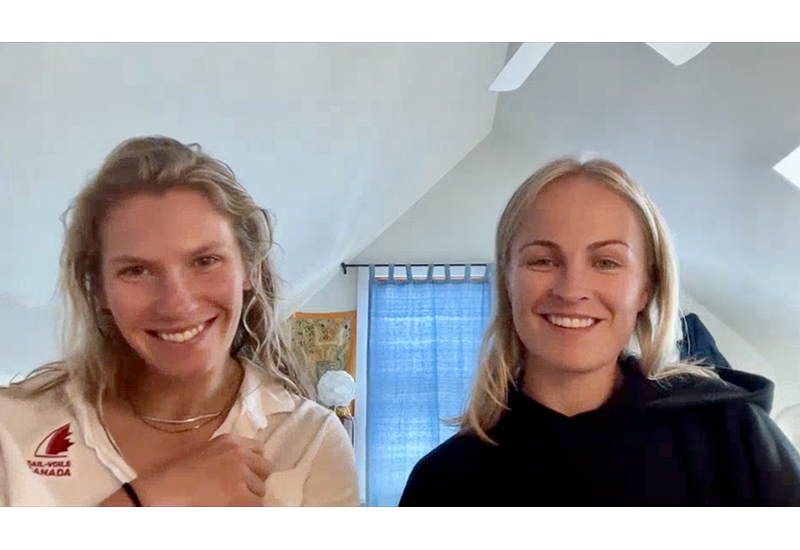The Rules Guy: Mark Room at a Gybe Mark II
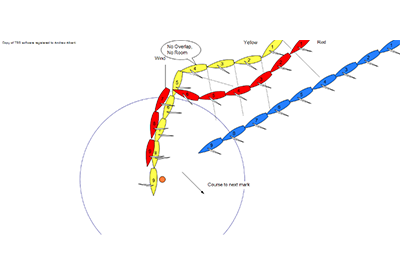
Mar 30, 2022
Last time, I started a discussion of mark-room at a gybe mark. I presented some fairly common scenarios that appear when two boats approach a gybe mark and round together. I am going to continue that discussion this month with some slightly more complicated situations.

At position 1 in the diagram, Yellow and Red are sailing on a starboard-tack reach toward a gybe mark, with Red to leeward and slightly overlapped with Yellow. Yellow does not want to give mark-room to Red, so she heads up a bit to increase her speed and break the overlap. At position 2, 3 and 4, Yellow has broken the overlap and is clear ahead of Red. At position 4, thinking that she has reached the zone (three hull lengths from the mark), Yellow hails “No Overlap, No Room” and heads down toward the mark. At position 5, there is now an overlap and Yellow actually gets to the zone. Red believes the hail and heads up to get outside Yellow. It is quite hard to judge the three hull length zone, so Yellow’s presumptuously early hail is not surprising. In this case we have a third boat, Blue, who is farther behind. At position 5, Blue has a much better view of Yellow’s distance from the mark. She can use her view of Yellow’s hull as a scale and can clearly see that Yellow has just got to the zone. She can also see not only that Red has overlap, but Blue does as well. In this case, Blue is far enough away that her valid claim for mark-room is irrelevant, but she would be a good witness if Red had decided to go inside.
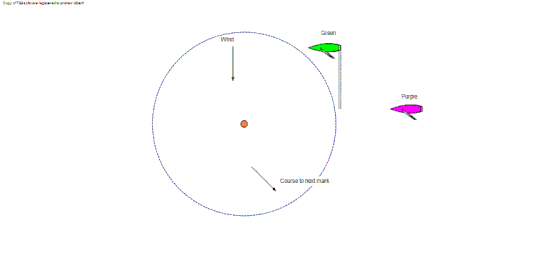
In the second diagram, Green and Purple approach an offset mark with Green ahead and about two boat lengths to weather of Purple. When Green gets to the zone at about position 2, she is clear ahead of Purple and entitled to mark-room. Green continues to sail on her original course until at position 4, she turns down sharply toward the mark. Purple tries to go inside and ends up contacting the mark.
Once they become overlapped at position 4, Purple is the leeward boat and therefore has right of way. Green was entitled to mark-room, though, and from position 4 onwards is sailing her proper course to and around the mark. She is therefore exonerated for breaking rule 11. Even if her sudden alteration of course between position 3 and 4 makes it impossible for Purple to keep clear, which breaks rule 16, Green is exonerated for breaking that as well. The exoneration is covered in rule 43.1(b).
I was inspired to write this article based on a video of radio-controlled boats racing sent to me by a member of my club. The link (click HERE) shows a slightly different situation – the marks are being rounded to starboard and the race is governed by Appendix E, Radio Sailing Rules. For our purposes, those rules are the same except that the zone is four hull lengths. It is an interesting video but it is not entirely clear whether the two boats are overlapped when the first boat gets to four hull lengths from the mark. While I recommend watching the video, I recommend caution reading the comments. There are some pretty strange interpretations of the rules expressed in some of them.
|
Mark-Room Room for a boat to leave a mark on the required side. Also, (a) room to sail to the mark when her proper course is to sail close to it, and (b) room to round or pass the mark as necessary to sail the course without touching the mark. However, mark-room for a boat does not include room to tack unless she is overlapped inside and to windward of the boat required to give mark-room and she would be fetching the mark after her tack. Zone The area around a mark within a distance of three hull lengths of the boat nearer to it. A boat is in the zone when any part of her hull is in the zone. 18 MARK-ROOM 18.1 When Rule 18 Applies Rule 18 applies between boats when they are required to leave a mark on the same side and at least one of them is in the zone. However, it does not apply (a) between boats on opposite tacks on a beat to windward, (b) between boats on opposite tacks when the proper course at the mark for one but not both of them is to tack, (c) between a boat approaching a mark and one leaving it, or (d) if the mark is a continuing obstruction, in which case rule 19 applies. Rule 18 no longer applies between boats when mark-room has been given. 18.2 Giving Mark-Room (a) When boats are overlapped the outside boat shall give the inside boat mark-room, unless rule 18.2(b) applies. (b) If boats are overlapped when the first of them reaches the zone, the outside boat at that moment shall thereafter give the inside boat mark-room. If a boat is clear ahead when she reaches the zone, the boat clear astern at that moment shall thereafter give her mark-room. 43 EXONERATION 43.1 (a) When as a consequence of breaking a rule a boat has compelled another boat to break a rule, the other boat is exonerated for her breach. (b) When a boat is sailing within the room or mark-room to which she is entitled and, as a consequence of an incident with a boat required to give her that room or mark-room, she breaks a rule of Section A of Part 2, rule 15, 16, or 31, she is exonerated for her breach. (c) A right-of-way boat, or one sailing within the room or mark room to which she is entitled, is exonerated for breaking rule 14 if the contact does not cause damage or injury. 43.2 A boat exonerated for breaking a rule need not take a penalty and shall not be penalized for breaking that rule. |
 Andrew Alberti is an International Judge and National Umpire. He is a member of the Sail Canada Rules and Appeals Committees. Send your questions to Andrew at kyrules@alberti.ca
Andrew Alberti is an International Judge and National Umpire. He is a member of the Sail Canada Rules and Appeals Committees. Send your questions to Andrew at kyrules@alberti.ca

